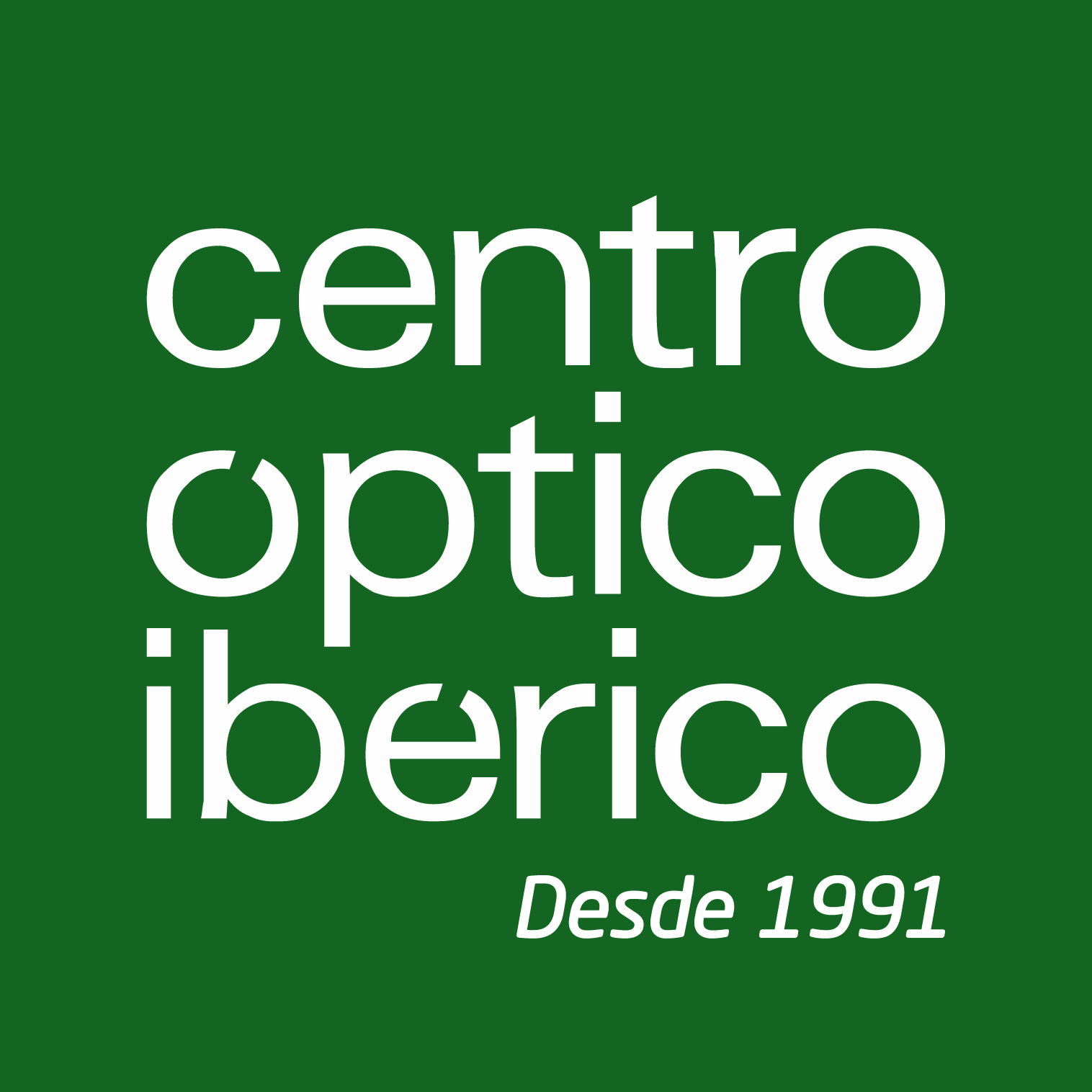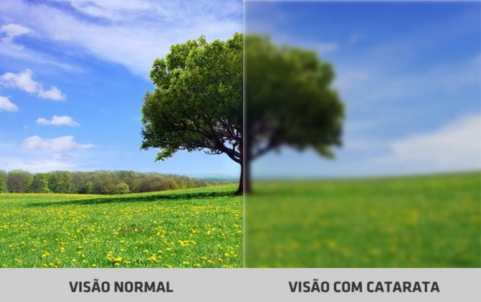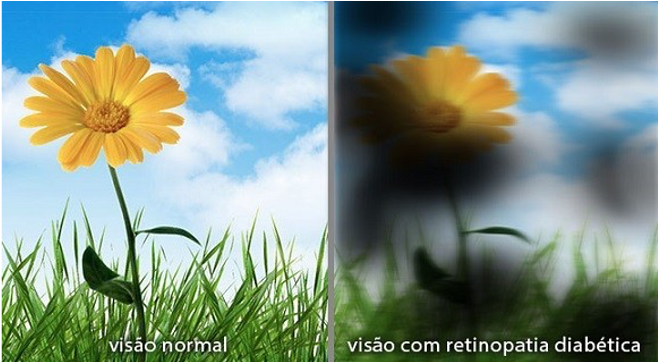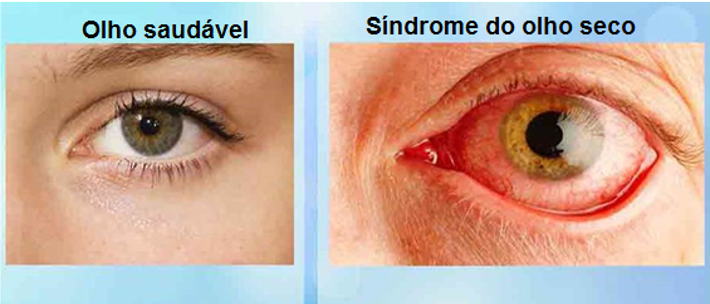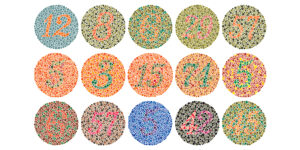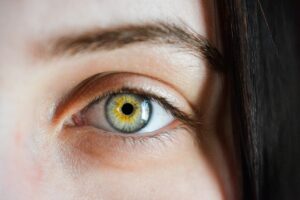Vision problems are a reality for the majority of the population.
A World Health Organisation estimates that more than one billion people around the world live with visual impairment or blindness because they do not receive the necessary healthcare for problems such as myopia, glaucoma or cataracts.
The most common visual problems are refractive defects. Refractive defects are a set of alterations in which images on the retina are inappropriately focussed. The vast majority are easily corrected with glasses or contact lenses. In rarer cases, surgery may be an option.
Refractive Defects
Hyperopia
Hyperopia is a refractive defect characterised by difficulty seeing close up.
The most common and almost always genetic cause of hyperopia is related to the fact that the eyeball is smaller, which is why a relaxed hypermetropic eye is unable to reflect close objects onto the retina, but rather beyond it, making them appear blurred.
It can be the cause of a child's poor academic performance.
Astigmatism
Astigmatism is characterised by the fact that the radius of curvature of one of the surfaces of the eyeball (cornea or crystalline lens) is not uniform and as such the images do not all focus on the same plane of the retina, resulting in blurred vision for both near and distant objects.
In most cases, astigmatism occurs simultaneously with myopia or hyperopia.
Mild astigmatism is very common in the general population.
Most common eye conditions
AMD (Age-Related Macular Degeneration)
Macular Degeneration is a disease that mainly affects people over the age of 60 and results from the "ageing" of the macula, the most sensitive and noble area of the retina.
When the macula is affected, there is a sudden or progressive decrease in visual acuity. For a patient with AMD, simple tasks such as reading this text, threading a needle or even telling the time become extremely difficult.
Cataract
Cataracts are characterised by the loss of transparency of the crystalline lens, which is a natural lens inside the eye. This occurs slowly and can happen first in one eye, but the tendency is that, without treatment, the cataract will gradually impair vision.
The main treatment for cataracts is surgery. Surgery consists of removing the opacified part of the lens and placing an "artificial lens" inside the eyeball (intraocular lens), leading to recovery of vision.
Glaucoma
Glaucoma is a pathology that affects the optic nerve, a fundamental structure for transmitting visual stimuli to the brain. In most cases, glaucoma is associated with an increase in intraocular pressure and/or a circulatory alteration of the optic nerve.
Glaucoma only shows symptoms at an advanced stage of the disease and changes in vision are only felt by the patient when the optic nerve has already been severely and irreversibly damaged. It is initially treated with eye drops that reduce intraocular pressure. Some situations can also be treated with lasers or surgery in more advanced cases that have not been controlled with clinical treatment.
Diabetic retinopathy
Diabetic retinopathy is a complication of diabetes, associated with high blood glucose levels and their fluctuations, which can lead to blindness if not properly treated.
Uncontrolled diabetes can damage various areas of the body. The eyes are one of the organs that can be seriously affected, although initially there are no major symptoms. A diabetic should have regular medical eye examination to detect early changes in diabetic retinopathy. To avoid blindness, blood sugar levels (glycaemia) need to be controlled as well as possible from the earliest stages of the disease
Keratoconus
Keratoconus is a non-inflammatory, degenerative disease of the eye in which structural changes to the cornea make it thinner and change it into a more conical shape (ectasia) than its normal gradual curve, which can cause distortion of vision, with multiple images and increased sensitivity to light.
Therapy for keratoconus at an early stage can be carried out with glasses or contact lensesIn very advanced cases, penetrating corneal transplantation may be necessary.
Dry eye syndrome
Also called lacrimal dysfunction syndromeis a defect in the composition of tears or in their production, which impairs the lubrication of the eyes.
This problem usually affects both eyes. Just like when you have dry, irritated skin, you may feel your eyes stinging or burning. Vision can also become a little blurred or sensitive to light.
People with so-called "dry eye" can feel a very strong twinge in their eyes, which they think will go away without any help. However, we recommend consultation with a specialist so that he can guide the treatment. This is usually done with the use of eye drops.
